Accelerating future had reviewed systems for getting into space in 2006
I had covered the EM drive but is definitely one of the long shots with a lot of unknowns in the science (ie. I seriously doubt that it will work).
My preferences are for:
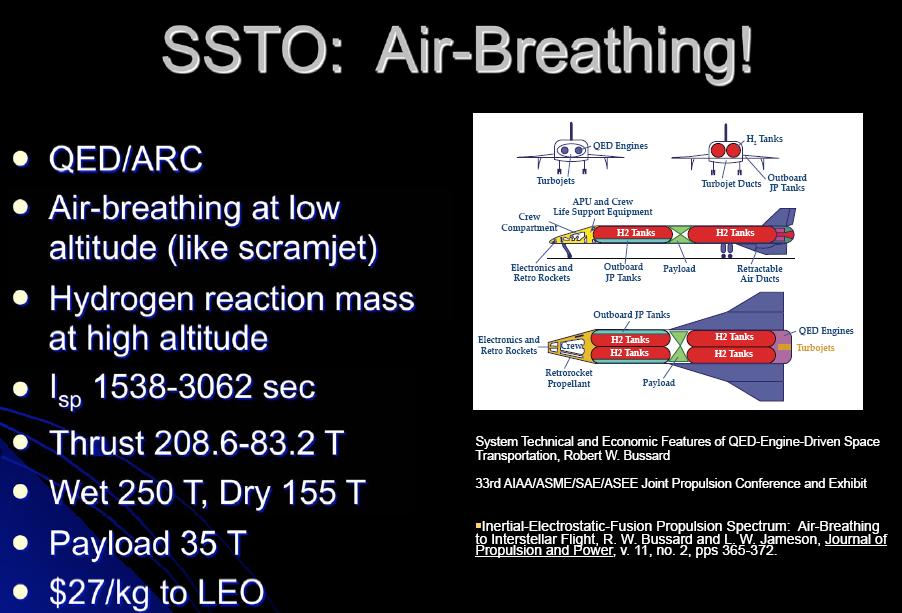
Bussard IEC fusion earth to orbit spaceship. Credit: Tom Ligon and EMC2fusion
Fusion propulsion if Bussard IEC fusion or Trialpha energy colliding beam fusion or laser fusion or Z pinch fusion work. The fusion systems would have a superior version for getting from ground to orbit. However, as we have experienced fusion technology could disappoint and take longer than we would like to develop.
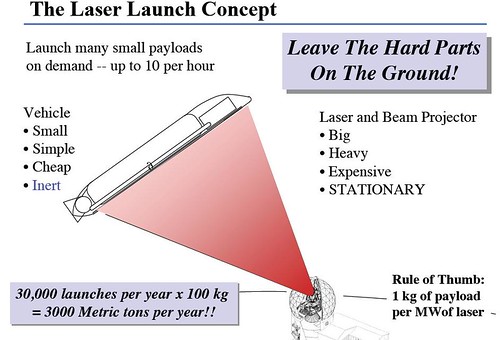
Laser launch concept
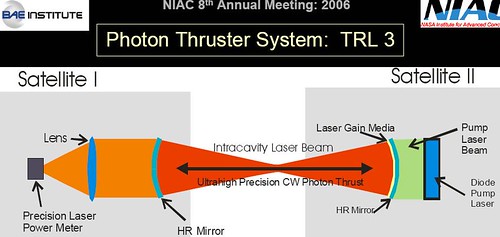
Laser mirror concept for station keeping. For laser mirror propulsion, there would be an array of large (100+ kw solid state) lasers firing at one of the mirrors and the other non-moving mirror would be on the moon or the earth.
Mirror Laser array launches Solid state high power lasers are progressing far faster in power and efficiency than many people realize. I think convergence of technology could make this happen far quicker than many would expect. It would bring the cost of launches down to about the cost of electricity (even better with mirror systems)
I would really like it if people would become rational and allow nuclear rocket launches. The liberty ship is one that could luanch 1000 tons at a go and would not release radiation into the atmosphere I think nuclear rocket systems would be safer than chemical and space planes because there is so much safety margin to play with.
Project Orion definitely made sense. It would be cheaper than the space elevator. The launch cost for the largest Orions was 5 cents per pound (11 cent/kg) to Earth orbit in 1958 dollars. In 2005 dollars, the cost would be 32 cents/lb or 70 cents.

Minimag Orion and other external nuclear pulse propulsion systems One thing to note is the pussy footing around with sub-critical explosions is stupid if we have technology for achieving 10+% of the speed of light and have 20+GW laser arrays. 10 kiloton TNT equivalent bombs would be like hand grenades.
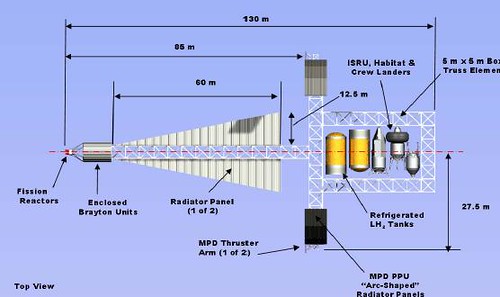
A nuclear powered vasimr might look more like this nuclear electric vehicle. Replace the MPD thrusters with vasimr engines, replace the Brayton units with advanced thermoelectric devices.

Image of a vasimr rocket
Nuclear powered Vasimr for getting around from orbit to other places
My issues with the space elevator is that it will take longer than I would like to make it happen. It brings the goal of bringing the cost of getting to space to approach the cost of the electricity to lift mass to the right height. The mirror laser array system seems like something that could come together faster than the space elevator. I also prefer a longer space pier over the space elevator. However, I still support the space elevator project because other approaches might have development delays as well. Capturing mind share and imagination are useful things for making something happen.
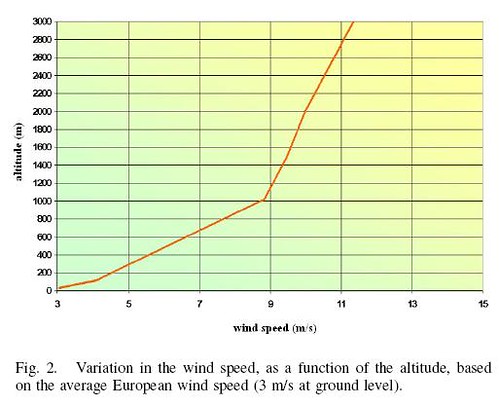
I am also concerned about the performance of the recent contest climbers when they could not climb because of wind. The actual climbers will have to go through high winds at higher altitudes. I do not think this is a show stopper but a possible show delayer.
J Storr Hall’s space pier seems like a better approach than the space elevator. One design would lift 10-ton payloads up a 100 km elevator and then accelerating it to 8.2 km/s would only consume about 5,000 US dollars (USD) worth of electricity, working out to about half a dollar per kilogram.
A description of the space pier is here.

The space pier is 100 kilometers tall and 300 kilometers long.
FURTHER READING
Island one survey of earth to orbit launch systems

Brian Wang is a Futurist Thought Leader and a popular Science blogger with 1 million readers per month. His blog Nextbigfuture.com is ranked #1 Science News Blog. It covers many disruptive technology and trends including Space, Robotics, Artificial Intelligence, Medicine, Anti-aging Biotechnology, and Nanotechnology.
Known for identifying cutting edge technologies, he is currently a Co-Founder of a startup and fundraiser for high potential early-stage companies. He is the Head of Research for Allocations for deep technology investments and an Angel Investor at Space Angels.
A frequent speaker at corporations, he has been a TEDx speaker, a Singularity University speaker and guest at numerous interviews for radio and podcasts. He is open to public speaking and advising engagements.



Comments are closed.